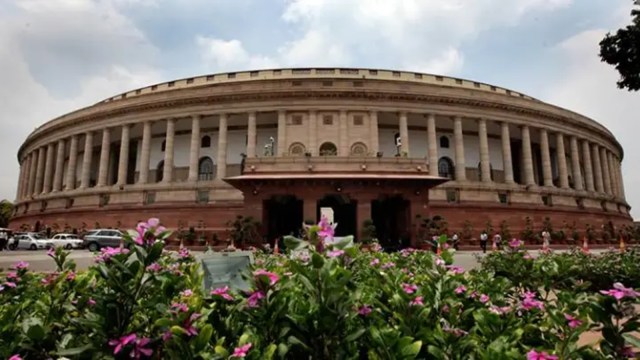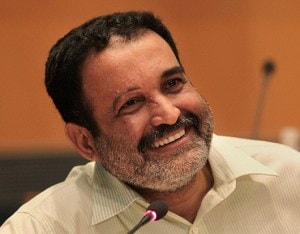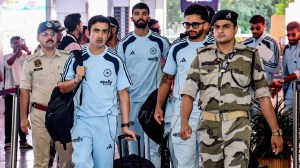Younger, more educated and better gender ratio in 17th Lok Sabha
Around 716 women candidates contested 2019 polls, of which 78 were elected.
 The 17th Lok Sabha saw fewer MPs over 70 years and more under 40 years, while average age was around 54. (File Photo)
The 17th Lok Sabha saw fewer MPs over 70 years and more under 40 years, while average age was around 54. (File Photo)As the 17th Lok Sabha held its last sitting Saturday, data showed it was a younger House with better education profile and an improved gender ratio, though it still remains lower than many other countries. Also, number of first-time MPs was below the half-way mark at 260 and the number of re-elected members was higher than the previous Lok Sabha.
The 17th Lok Sabha saw fewer MPs over 70 years and more under 40 years, while average age was around 54. The proportion of MPs below 40 years was steadily declining from 26 per cent in the first Lok Sabha to eight per cent in the 16th. But the 17th Lok Sabha bucked this longer-term trend with an increase to nearly 12 per cent when it was constituted.
BJD’s Chandrani Murmu from Keonjhar was the youngest member of the House, elected at the age of 25 years, 11 months in 2019, and Shafiqur Rahman Barq of SP from Sambhal constituency was the oldest MP, elected at the age of 89. This Lok Sabha also had 400 graduate MPs.
Around 716 women candidates contested 2019 polls, of which 78 were elected. It now stands at 77. In 2014, 62 women MPs were elected. Representation of women MPs in LS has increased to 14 per cent with a steady but slow rise since five per cent in first LS.







